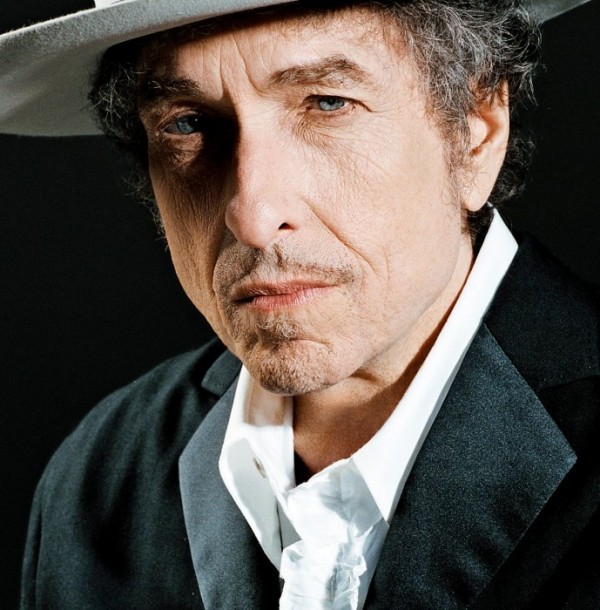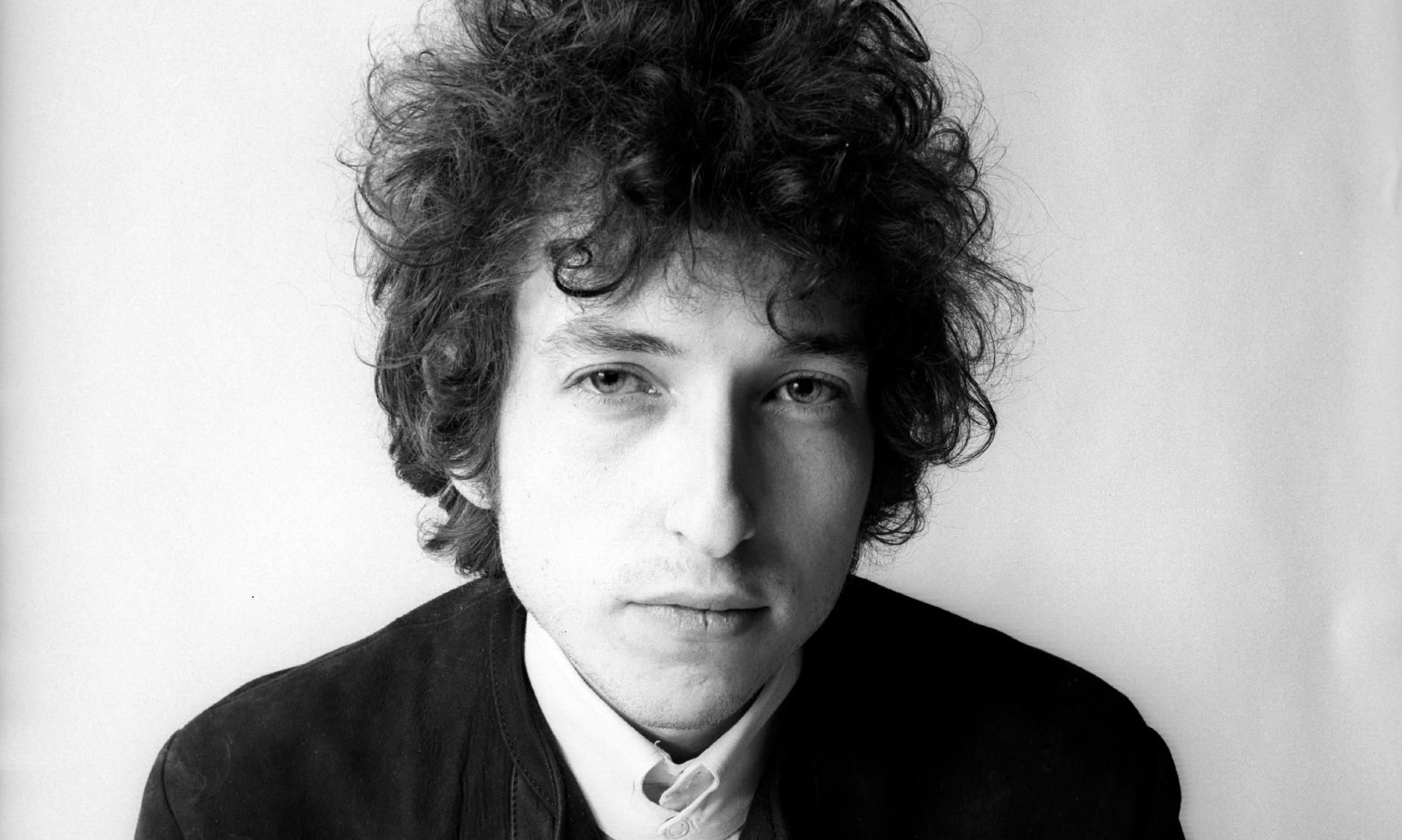For anyone who’s ever dreamed of bringing their drawings to life, Live2D offers a really neat way to make that happen. It’s a tool that helps static art get some movement, creating expressive characters that can blink, talk, and even turn their heads. Think of it as giving your illustrations a personality, making them ready for videos, streams, or even interactive stories. It's a pretty cool way to see your creations do more than just sit still on a page, so it's almost a kind of magic for digital artists.
Our focus here is often on getting art ready for Live2D, especially when it comes to the rigging part – that's the process of setting up how your character will move. But, as a matter of fact, we also dabble in a whole bunch of other creative activities too. This article will walk you through some of the fundamental steps and common questions you might have when you're getting your digital characters all set up, especially if you're someone who likes to get hands-on with your art, like Dylan Gentry might.
We’re going to look at some key areas, from tweaking how groups of settings behave to making sure your character’s movements feel just right. We’ll also touch on some handy tips for keeping your projects organized and what to do if things don’t quite go as planned. It’s all about making the process smoother and more intuitive for you, or anyone else, honestly, who wants to explore what Live2D can do.
While many folks are curious about the people making things happen in the digital art world, like Dylan Gentry, our current information focuses more on the practical tools they use. So, we'll be looking at some helpful Live2D tips instead of personal stories.
Table of Contents
- Getting to Grips with Live2D's Core Controls
- What Are Live2D Parameters, Anyway, for Folks Like Dylan Gentry?
- How Do Group Settings Work for Dylan Gentry's Art?
- Merging Movements - A Practical Guide for Dylan Gentry
- Keeping Your Live2D Models Organized - Why IDs Matter for Dylan Gentry
- Making Characters Move with Physics - What Should Dylan Gentry Know?
- Why Do Rotations Sometimes Get Odd for Dylan Gentry's Characters?
- Beyond the Basics - What Else Can Dylan Gentry Explore?
- Finding Support and Sharing Tips with Dylan Gentry and Others
Getting to Grips with Live2D's Core Controls
You know, at the very heart of creating lively, moving characters in Live2D, there's this thing called the parameter palette. It's, well, kind of like the main control panel for how your art moves. This particular part of the software, you see, handles all the little "parameters" that give life to your drawings. Think of it this way: every little wiggle, every head tilt, every blink your character does, it's all tied to a number. This palette is where you manage those connections, so it's pretty important, as a matter of fact.
What we're talking about here is how you connect a certain part of your character's art, say, an eyebrow, to a specific numerical setting. As that number changes, so does the eyebrow's position, perhaps moving it up or down. This section we're going over, it really just breaks down what all those little pictures, those icons, mean on that palette. It also goes into how you do the most basic things with it, which is actually quite helpful when you're just starting out, or even if you've been at it for a while and just need a little refresher, you know?
What Are Live2D Parameters, Anyway, for Folks Like Dylan Gentry?
So, you might be asking yourself, "What exactly are these 'parameters' everyone talks about in Live2D?" Good question! Basically, a parameter is a way to tell your art how to change. It's a numerical value that controls how much a part of your character bends, stretches, or moves. For example, you might have a parameter for "mouth open" that goes from 0 (closed) to 1 (fully open). As you adjust that number, the mouth on your character's face changes accordingly. It's a rather clever system for getting precise control over your character's expressions and actions, and it’s something any creator, like Dylan Gentry, will spend a lot of time getting familiar with.
Every single bit of movement you want your character to perform, whether it's a subtle nod or a big wave, is linked back to one or more of these parameters. They're the core building blocks for animation in Live2D, giving you the ability to fine-tune every single aspect of your character's motion. Without them, your character would just be a static image, so they're pretty fundamental to the whole process, you see. Understanding how they work is, in some respects, the first step to bringing your digital friends to life, which is something many artists, including someone like Dylan Gentry, often find quite exciting.
How Do Group Settings Work for Dylan Gentry's Art?
When you're working with Live2D, you'll find that parameters can be organized into groups. This helps keep your workspace tidy and makes it easier to manage complex characters with lots of moving parts. To check on how these groups are set up, or to make changes, it's a pretty straightforward process. You'll want to head over to the parameter palette itself, which is where all your control dials live. From there, you'll see a little menu, often represented by a small palette icon, that you can click on. It's kind of like a hidden drawer of options, you know?
Once you click on that little palette menu, a list of choices will appear. Among those choices, you’ll find something labeled "group settings." Give that a click, and a new window will pop open, showing you all the details about your parameter groups. This window is where you can see how everything is organized and make adjustments as needed. It’s a very handy spot for anyone, including someone like Dylan Gentry, who wants to keep their character’s controls neat and manageable, especially as projects grow larger and more involved.
Merging Movements - A Practical Guide for Dylan Gentry
Sometimes, you might find yourself with two separate parameters that you actually want to combine into one. Maybe you've got one parameter for "eye blink left" and another for "eye blink right," but you realize you really just want one "eye blink" parameter that controls both at the same time. Live2D has a way to do this, and it’s a pretty neat trick for simplifying your control setup. It helps streamline your work, so you don't have to adjust multiple sliders for a single action, which is actually quite a time-saver.
The process for bringing these parameters together is relatively simple. You'll start by selecting the first parameter you want to work with. Then, you'll need to click on a "select" option, which basically tells the software, "Hey, I'm choosing this one." After that, you'll click on that very first parameter again, but this time, you'll choose a "change" option. This step signals that you're about to alter something about that parameter, rather than just picking it out. It's a slightly specific sequence, but it makes sense once you do it a few times, honestly.
Putting Pieces Together - A Step-by-Step for Dylan Gentry
After you've clicked "change" on your first chosen parameter, a new little box will appear on your screen. This box is where you tell Live2D which other parameter you want to join with the first one. You'll see a list of your available parameters, and you just need to pick the second one that you wish to combine. Once you select it, the software gets the message, and those two parameters will then become one unified control. This means that moving the slider for the newly merged parameter will now affect both of the original movements simultaneously, which is quite useful.
This merging feature is a fantastic way to clean up your parameter list and make your character's controls more intuitive. It’s particularly helpful when you have mirrored movements, like left and right blinks or eyebrow raises, that you want to control as a single action. For someone like Dylan Gentry, who might be working on detailed character expressions, this can really speed up the animation process and make it much more efficient. It’s a small step, but it makes a big difference in how smoothly you can operate your character, in a way.
Keeping Your Live2D Models Organized - Why IDs Matter for Dylan Gentry
When you're building characters in Live2D, especially if you plan to create many or even swap parts between different models, there’s a really helpful practice to adopt: using standard parameter group list IDs. Think of these IDs as unique labels or names for your parameter groups. They help the software, and you, keep track of what's what. It’s kind of like having a consistent naming system for all your files, which just makes everything easier to find and work with, you know?
These standard IDs aren't just for neatness, though that's a big part of it. They also play a crucial role when you want to replace one character model with another, perhaps an updated version or a different outfit. If both models use the same standard parameter IDs for things like "head turn" or "mouth open," then the movements you've already set up for one model can often be transferred directly to the new one. This saves a huge amount of time and effort, meaning you don't have to start from scratch every time you update a character. It's a very clever system for ensuring compatibility and workflow efficiency, something Dylan Gentry would likely appreciate in his creative endeavors.
Why Consistent IDs Matter for Dylan Gentry's Work
When you're creating new parameters in the Live2D Modeler, it's a good idea to check a standard motion parameters list for guidance on parameter IDs. This list provides recommended names and IDs that are commonly used across different Live2D projects. By sticking to these guidelines, you're essentially speaking the same language as other Live2D creators and tools. It makes your work more compatible and easier to share or adapt later on, which is quite a benefit.
Having these standardized parameter IDs means that if you've got a character with a set of movements, and you then bring in a different character model that also uses those same IDs, the movement data can just snap right into place. It’s like having universal plugs for all your devices; everything just connects. This is particularly useful for artists like Dylan Gentry who might want to iterate on character designs or create variations without re-doing all the animation work each time. It really streamlines the whole process and makes character updates much less of a headache, honestly.
Making Characters Move with Physics - What Should Dylan Gentry Know?
Beyond just directly controlling movements with parameters, Live2D also lets you add a layer of realism through "physics groups." These groups are what make things



Detail Author:
- Name : Dr. Lempi Hamill PhD
- Username : vance.friesen
- Email : ziemann.garett@hotmail.com
- Birthdate : 1981-01-15
- Address : 370 Raven River Suite 753 Lake Gage, WA 13450-1591
- Phone : +1 (534) 715-6802
- Company : Miller LLC
- Job : Technical Program Manager
- Bio : Fuga nemo enim et vero. Perferendis ut corporis quasi quam quidem odio eum. Ut corrupti atque amet esse. Sed sunt voluptatem repellat repellat ad.
Socials
facebook:
- url : https://facebook.com/cronin2014
- username : cronin2014
- bio : Magni vitae id omnis. Sequi repellendus optio rerum incidunt dolorem.
- followers : 1748
- following : 2032
linkedin:
- url : https://linkedin.com/in/croninj
- username : croninj
- bio : Ut doloribus soluta fugit labore aliquam.
- followers : 2060
- following : 318
instagram:
- url : https://instagram.com/croninj
- username : croninj
- bio : Perspiciatis rem quae dolorem omnis non et quia. Possimus necessitatibus culpa ut nihil.
- followers : 306
- following : 2968

